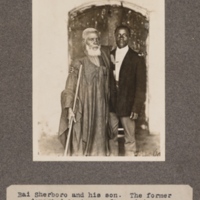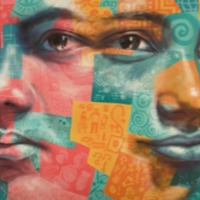
Cristina M.
There are an estimated 61,000 people living in modern slavery in Saudi Arabia (GSI 2018). It is a source and destination country for men and women trafficked from South and South East Asia and Africa. People voluntarily migrate to the country to work in a variety of sectors including construction and domestic service; many of these workers are vulnerable to forced labour. Traffickers and brokers often illegally recruit migrants to work in Saudi Arabia and subsequently forced them into domestic servitude or debt bondage. Female domestic workers are particularly at risk of trafficking due to their isolation inside private residences. Non-payment or late payment of wages remains a complaint from foreign workers, while employer's withholding of worker's passports remains a significant problem. Trafficking perpetrators include businesses of all sizes, private families, recruitment companies in both Saudi Arabia and labor-sending countries, and organized criminal elements. Cristina M. travelled from the Philippines to Saudi Arabia for work. Her employer locked her in the house and forced her to work long hours without pay.
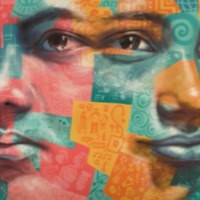
Sutiati S.
There are an estimated 61,000 people living in modern slavery in Saudi Arabia (GSI 2018). It is a source and destination country for men and women trafficked from South and South East Asia and Africa. People voluntarily migrate to the country to work in a variety of sectors including construction and domestic service; many of these workers are vulnerable to forced labour. Traffickers and brokers often illegally recruit migrants to work in Saudi Arabia and subsequently forced them into domestic servitude or debt bondage. Female domestic workers are particularly at risk of trafficking due to their isolation inside private residences. Non-payment or late payment of wages remains a complaint from foreign workers, while employer's withholding of worker's passports remains a significant problem. Trafficking perpetrators include businesses of all sizes, private families, recruitment companies in both Saudi Arabia and labor-sending countries and organized criminal elements. Suiati travelled from Indonesia to Saudi Arabia to support her family. She was prevented from contacting her family or leaving her employer for over nine years.
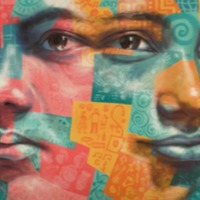
Adelina Y.
There are an estimated 61,000 people living in modern slavery in Saudi Arabia (GSI 2018). It is a source and destination country for men and women trafficked from South and South East Asia and Africa. People voluntarily migrate to the country to work in a variety of sectors including construction and domestic service; many of these workers are vulnerable to forced labour. Traffickers and brokers often illegally recruit migrants to work in Saudi Arabia and subsequently forced them into domestic servitude or debt bondage. Female domestic workers are particularly at risk of trafficking due to their isolation inside private residences. Non-payment or late payment of wages remains a complaint from foreign workers, while employer's withholding of worker's passports remains a significant problem. Trafficking perpetrators include businesses of all sizes, private families, recruitment companies in both Saudi Arabia and labor-sending countries, and organized criminal elements. Adelina travelled from the Philippines to Saudi Arabia for work to support her family and enable her children to go to school. She was prevented from contacting her family and subjected to verbal abuse by her employer.
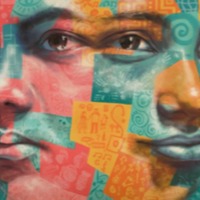
Shin Dong Hyuk (Narrative 2)
The Global Slavery Index 2018 estimates that there are 2,640,000 people living in conditions of modern slavery in The Democratic People’s Republic of Korea (North Korea). Men, women and children are subjected to forced labour and sex trafficking. Government oppression in the DPRK prompts many North Koreans to flee the country in ways that make them vulnerable to human trafficking in destination countries. Many of the estimated 10 000 North Korean women and girls who have migrated illegally to China to flee abuse and human rights violation are particularly vulnerable to trafficking. Some lure, drug, detain or kidnap North Korean women on their arrival, others offer jobs but subsequently force the women into prostitution, domestic service, or forced marriage. If found, Chinese authorities often repatriate victims back to the DPRK where they are subjected to harsh punishment including forced labour in labour camps or death. Shin Dong Hyuk was born in a North Korean prison labour camp in 1982. He tells of his experience growing up in the camp and being forced to work from a very young age. In the camp, food was restricted and beatings were common, by both prison officers and Shin Dong’s own mother. When he was fourteen, Shin Dong’s mother and brother attempted to escape the camp. He was forced to watch their execution and tortured himself for presumped involvement in their escape. In late 2004 Shin Dong was partnered with a man who had seen the outside world and they began to plan their own escape. In January 2005, they escaped while collecting firewood, however Shin Dong was the only one to succeed.
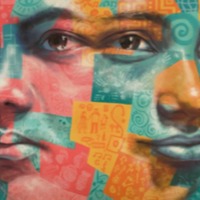
Shin Don Hyuk
The Global Slavery Index 2018 estimates that there are 2,640,000 people living in conditions of modern slavery in The Democratic People’s Republic of Korea (North Korea). Men, women and children are subjected to forced labour and sex trafficking. Government oppression in the DPRK prompts many North Koreans to flee the country in ways that make them vulnerable to human trafficking in destination countries. Many of the estimated 10 000 North Korean women and girls who have migrated illegally to China to flee abuse and human rights violation are particularly vulnerable to trafficking. Some lure, drug, detain or kidnap North Korean women on their arrival, others offer jobs but subsequently force the women into prostitution, domestic service, or forced marriage. If found, Chinese authorities often repatriate victims back to the DPRK where they are subjected to harsh punishment including forced labour in labour camps or death. Shin Don Hyuk was born in a political prison camp in North Korea. He recalls being under the constant supervision of armed guards who would tell him and the other children that they must work hard until they die to pay for the crimes of their parents. When he was 14 years old Shin Don Hyuk reported his parent’s plan to escape but instead of being rewarded was locked up and tortured alongside his family. He gives details of the torture he was subjected to and tells of the execution of his mother and brother. Shin Don Hyuk was able to escape and now tells of his experience to raise awareness of conditions in North Korean prison camps in the hopes of liberating the people kept there.
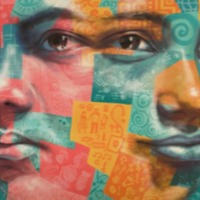
Kate
There are an estimated 3.6 million people living in modern slavery across Europe and Central Asia (GSI 2018). This region had a prevalence of 3.9 people in modern slavery for every 1,000 people in the region. Men, women and children are trafficked in to forced labour and commercial sexual exploitation. Trafficking for sexual exploitation is the most widespread for of modern slavery with an 84% of victims trafficked for this purpose. The majority of those trafficked for this purpose are women and young girls who often originate from Eastern Europe within the EU as well as Sub-Saharan Africa, with the majority of people being trafficked from Nigeria to various parts of Europe including Italy, France, Spain and the UK through an array of complex trafficking networks. Kate grew up in the UK with little support from her family. At the age of 18 she went to university, but hated it and soon left. She took up an invitation from a man she had gotten to know through an online forum to join him in Europe for a holiday. Once she arrived, she was locked in a room and forced in to prostitution. For over a year Kate was forced to provide sexual services, her passport was locked in a safe, along with the money she earned for him each day. One day, Kate was able to escape. Taking her passport and some money from the safe after having memorised the code, Kate bought a flight back to England and once she arrived, went to her previous social worker’s office who called the police. Six month later, Kate reached out to the Sophie Hayes Foundation saying she wished to be ‘normal’ again.
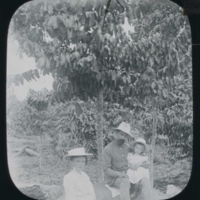
European Family
European family. This image formed part of the Harris Lantern Slide Collection. Under King Leopold II the Congo Free State used mass forced labour to extract rubber from the jungle for the European market. As consumer demand grew King Leopold II's private army - the Force Publique - used violent means to coerce the population into meeting quotas, including murder, mutilation, rape, village burning, starvation and hostage taking. Alice Seeley Harris and her husband Reverend John H. Harris were missionaries in the Congo Free State from the late 1890s. Alice produced a collection of images documenting the horrific abuses of the African rubber labourers. Her photographs are considered to be an important development in the history of humanitarian campaigning. The images were used in a number of publications. The Harrises also used the photographs to develop the Congo Atrocity Lantern Lecture which toured Britain and the the USA raising awareness of the issue of colonial abuses under King Leopold II's regime. Source: Antislavery International.
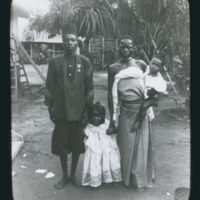
Congo State Soldier
Congo State Soldier (Force Publique), with his wife and child, and her mixed heritage Belgian infant. This image formed part of the Harris Lantern Slide Collection. Under King Leopold II the Congo Free State used mass forced labour to extract rubber from the jungle for the European market. As consumer demand grew King Leopold II's private army - the Force Publique - used violent means to coerce the population into meeting quotas, including murder, mutilation, rape, village burning, starvation and hostage taking. Alice Seeley Harris and her husband Reverend John H. Harris were missionaries in the Congo Free State from the late 1890s. Alice produced a collection of images documenting the horrific abuses of the African rubber labourers. Her photographs are considered to be an important development in the history of humanitarian campaigning. The images were used in a number of publications. The Harrises also used the photographs to develop the Congo Atrocity Lantern Lecture which toured Britain and the the USA raising awareness of the issue of colonial abuses under King Leopold II's regime. Source: Antislavery International.
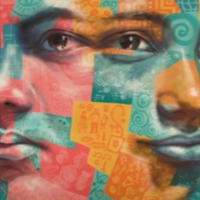
Czar
Australia is a destination country for women from Southeast Asia, South Korea, Taiwan, the People’s Republic of China (PRC), and reportedly Eastern Europe trafficked for the purpose of commercial sexual exploitation. Some men and women from several Pacific islands, India, the PRC, South Korea, the Philippines, and Ireland are fraudulently recruited to work temporarily in Australia, but subsequently are subjected to conditions of forced labour, including confiscation of travel documents, confinement, and threats of serious harm. Some indigenous teenage girls are subjected to forced prostitution at rural truck stops. Czar flew to Sydney from the Philippines on the promise of a successful boxing career. However, upon arrival Czar was forced to hand over his passport and was told he would be working as a cleaner in the mornings and evenings. Czar's work as a cleaner went unpaid and when he did box, his earnings were deducted for visa and travel expenses. Eventually Czar and the other boxers being exploited went to the police who helped them escape.
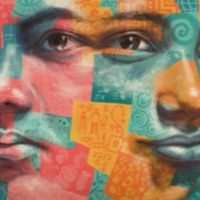
Ali. A
There are a reported 9,200 enslaved in Singapore with the large number of foreign workers being the most vulnerable to human trafficking and enslavement. Many are brought to the country after being deceived by recruiters in their home countries with the promise of employment only to become victims of debt bondage, forced labour and commercial sexual exploitation. Ali took a job in construction in Singapore. Forced to pay for training centres and agent's fees, Ali's salary was then withheld and his employer fled the country. With no money to pay back loans, Ali now faces legal action.
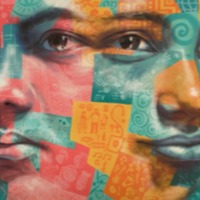
Youma
Mauritania is one of the last countries in the world where people are still born into hereditary slavery, which means they are literally owned by other people, and forced to work for masters their entire lives. People in slavery come from the Haratine ethnic group, historically enslaved by White Moors. They can be bought and sold, or given as gifts, and face a lifetime of exploitation and abuse. Rape of female slaves is common and their children also become slaves. They are Muslims, and many believe that it is Allah’s wish for them to be enslaved because they are told that their paradise is bound to their Master. In reality, Islam dictates that a Muslim cannot enslave a fellow Muslim. Since 2007 slavery has been criminalised in Mauritania but the law is not enforced and the government is reluctant to acknowledge the existence of the problem.
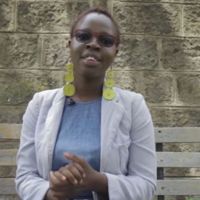
Sophie
At the age of 13, Sophie was forced to work as a domestic slave, deprived of sleep and beaten. She endured months of abuse at the hands of relatives who had tricked her parents. She suffered for over a year before being rescued. Sophie was helped through the recovery process by HAART Kenya. There are thousands of women and children trafficked from and through Kenya every year.
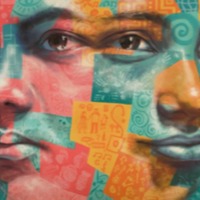
Mahinda
Entire families migrate every year from other states in India to find work in Punjab’s brick kilns. The survey data suggest that there are more than 18 million people or 1.4 percent of the total population, who are living in conditions of modern slavery in India. Industries implicated in survey data include domestic work, the construction and sex industries, agriculture, fishing, manufacturing, manual labour, and forced begging. Most of India’s slavery problem is internal, and those from the most disadvantaged social strata—lowest caste Dalits, members of tribal communities, religious minorities, and women and girls from excluded groups—are most vulnerable. Mahinda’s story shows a feature common to those who find themselves in debt bondage: workers are not permitted to see records relating to their own debt, meaning that they have no indication of when they might be released.
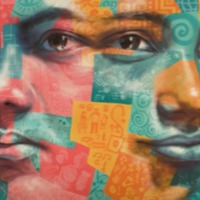
Liubo
The UK National Crime Agency estimates 3,309 potential victims of human trafficking came into contact with the State or an NGO in 2014. The latest government statistics derived from the UK National Referral Mechanism in 2014 reveal 2,340 potential victims of trafficking from 96 countries of origin, of whom 61 percent were female and 29 percent were children. Liubo and his wife Biatka found themselves sin debt bondage after accepting work on a farm in Scotland. Their story demonstrates the challenges that survivors of slavery face, even once they have escaped, as they are often left unsupported and without legal status in the destination country.
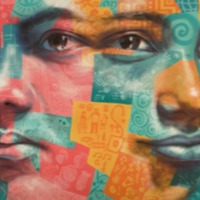
Shivnarayan
Shivnarayan and his children were enslaved in a stone quarry in India. They came to freedom in July 2005. The survey data suggest that there are more than 18 million people or 1.4 percent of the total population, who are living in conditions of modern slavery in India. Industries implicated in survey data include domestic work, the construction and sex industries, agriculture, fishing, manufacturing, manual labour, and forced begging. Most of India’s slavery problem is internal, and those from the most disadvantaged social strata—lowest caste Dalits, members of tribal communities, religious minorities, and women and girls from excluded groups—are most vulnerable.
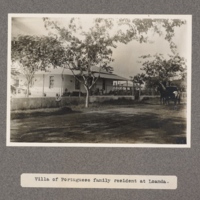
Villa of Portuguese family resident at Loanda
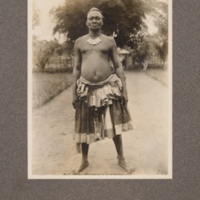
Mushamalengi, son of Lukenga, King of the Bakuba, set aside according to native custom in favour of the son of the eldest sister
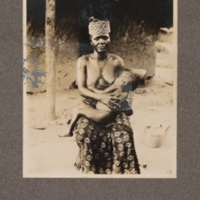
Batetela woman and child at Dima, Kasai River
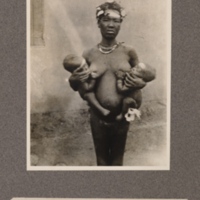
Mother and her twin sons at Baringa, upper Congo. All wearing the badge of honour across the forehead
